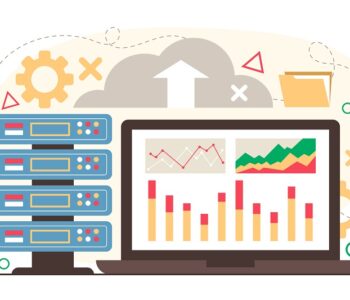 Healthcare
Healthcare Navigating Legacy Systems Obsolescence: Embracing Innovation in Healthcare
As the healthcare industry continues to evolve, the challenges posed by legacy systems obsolescence are increasingly prominent. These outdated systems hinder progress, efficiency, and innovation. In this blog post, we’ll explore the top 5 reasons for frustrations around legacy systems obsolescence and discuss how cutting-edge software tools can pave the way for a seamless transition to modern healthcare IT.
Increased Vulnerability to Security Threats
Frustration Level: 9/10
Legacy systems often lack the security features and updates necessary to protect against modern cyber threats, leaving healthcare organizations vulnerable to attacks.
Solution: Introduce robust cybersecurity solutions and software tools that can augment the security posture of legacy systems. Regular security audits and updates can address vulnerabilities, minimizing the risk of breaches. According to a study, 78% of healthcare organizations experienced a data breach in the past two years (Source).
Incompatibility with Modern Technologies
Frustration Level: 8/10
Legacy systems often struggle to integrate with newer technologies, hindering healthcare organizations from leveraging innovations such as AI, IoT, and advanced analytics.
Solution: Offer system integration services that bridge the gap between legacy systems and modern technologies. Middleware solutions can facilitate seamless communication and data exchange, enabling healthcare organizations to embrace cutting-edge advancements.
Increased Maintenance Costs and Downtime
Frustration Level: 8/10
The maintenance of aging legacy systems becomes increasingly costly, with prolonged downtime impacting daily operations and patient care.
Solution: Propose phased modernization strategies that involve transitioning to more cost-effective and scalable solutions. Cloud-based solutions can reduce maintenance costs, while strategic planning minimizes downtime during the migration process.
Hindered Interoperability and Data Exchange
Frustration Level: 9/10
Legacy systems often create data silos, hindering interoperability and preventing seamless data exchange between different departments and healthcare providers.
Solution: Implement Healthcare Information Exchange (HIE) platforms and interoperability solutions that connect disparate systems. These tools facilitate the exchange of patient data across the healthcare network, ensuring a more unified and collaborative approach to patient care.
Regulatory Compliance Challenges
Frustration Level: 7/10
Meeting regulatory requirements becomes increasingly challenging as legacy systems struggle to adapt to evolving compliance standards, such as HIPAA.
Solution: Develop customized compliance management software that automates tracking and reporting processes, ensuring adherence to regulatory standards. This not only streamlines compliance efforts but also positions healthcare organizations for future regulatory changes.
In conclusion, addressing the frustrations around legacy systems obsolescence requires a strategic and innovative approach. By leveraging advanced software tools, healthcare organizations can embark on a transformative journey towards modernization, enhancing security, interoperability, and overall efficiency.
#HealthcareIT #LegacySystems #DigitalTransformation #InnovationInHealthcare #SoftwareSolutions























